 This fibre fact provides an overview of how salvage logging can provide an opportunity for the forest industry to supply Canada’s bioeconomy with wood fibre as well as regenerate a forest. Not all might be lost when a major natural disturbance strikes a forest. As climate change begins to intensify, Canada’s forests will experience frequent disturbances. Such events equate to a loss of habitat and timber, and are often a large silvicultural expense. Researchers with Natural Resources Canada, Canadian Wood Fibre Centre and Université Laval investigated if they could turn a “disaster” into an opportunity. After a spruce budworm outbreak within a boreal-conifer forest of eastern Canada, they concluded that utilizing the un-merchantable and dead standing timber for forest biomass could improve forest regeneration, decrease silviculture costs and help fight climate change.
This fibre fact provides an overview of how salvage logging can provide an opportunity for the forest industry to supply Canada’s bioeconomy with wood fibre as well as regenerate a forest. Not all might be lost when a major natural disturbance strikes a forest. As climate change begins to intensify, Canada’s forests will experience frequent disturbances. Such events equate to a loss of habitat and timber, and are often a large silvicultural expense. Researchers with Natural Resources Canada, Canadian Wood Fibre Centre and Université Laval investigated if they could turn a “disaster” into an opportunity. After a spruce budworm outbreak within a boreal-conifer forest of eastern Canada, they concluded that utilizing the un-merchantable and dead standing timber for forest biomass could improve forest regeneration, decrease silviculture costs and help fight climate change.





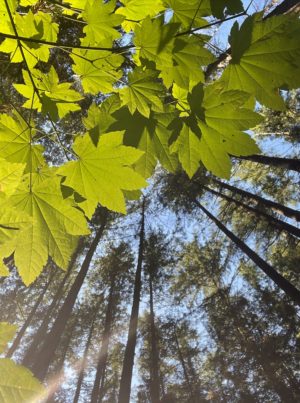 SASKATCHEWAN — A conservation group says logging plans near Prince Albert are cutting too close. The Saskatchewan Forest Protection Network is concerned that an alternate logging plan could be unsustainable for the nearby Canwood, Nisbet, Fort à la Corne and Torch River Provincial Forests in a strategy that’s currently under review by the province. The alternate plan triggers if wood demand is high enough or provincial mills require a change. “They’re not basing it on the science and the other values that guided the rest of the plan,” said Cathy Holtslander, a Saskatoon resident. “They’re just saying, ‘If somebody wants to buy the wood, we’ll let them have it.’ ”…
SASKATCHEWAN — A conservation group says logging plans near Prince Albert are cutting too close. The Saskatchewan Forest Protection Network is concerned that an alternate logging plan could be unsustainable for the nearby Canwood, Nisbet, Fort à la Corne and Torch River Provincial Forests in a strategy that’s currently under review by the province. The alternate plan triggers if wood demand is high enough or provincial mills require a change. “They’re not basing it on the science and the other values that guided the rest of the plan,” said Cathy Holtslander, a Saskatoon resident. “They’re just saying, ‘If somebody wants to buy the wood, we’ll let them have it.’ ”…
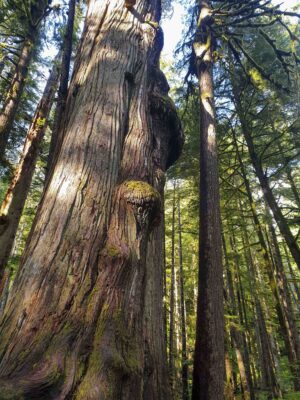 PACHEEDAHT NATION, Vancouver Island, B.C. — The nation is getting a first-of-its-kind 50-50 profit split on logging some forestlands under a partnership created in 2018. And the nation is processing logs in its own mill, opened in 2017. But a fight is underway over logging old growth forests, in the Fairy Creek drainage and beyond. Logging opponents and scientists are calling for these mature and old-growth forests to be set aside to help preserve biodiversity and combat the worst effects of climate change. The conflict has Indigenous nations in the middle. Publicity… the past two logging seasons is scaring off contractors the Pacheedaht would like to work with on new contracts that pay real money to the people, instead of the usual “beads and blankets” gestures, said Rod Bealing, forestry manager. …The Pacheedaht are hardly the first small Indigenous nation to find themselves in the middle of a media and activist storm.
PACHEEDAHT NATION, Vancouver Island, B.C. — The nation is getting a first-of-its-kind 50-50 profit split on logging some forestlands under a partnership created in 2018. And the nation is processing logs in its own mill, opened in 2017. But a fight is underway over logging old growth forests, in the Fairy Creek drainage and beyond. Logging opponents and scientists are calling for these mature and old-growth forests to be set aside to help preserve biodiversity and combat the worst effects of climate change. The conflict has Indigenous nations in the middle. Publicity… the past two logging seasons is scaring off contractors the Pacheedaht would like to work with on new contracts that pay real money to the people, instead of the usual “beads and blankets” gestures, said Rod Bealing, forestry manager. …The Pacheedaht are hardly the first small Indigenous nation to find themselves in the middle of a media and activist storm. 


 Re: “
Re: “
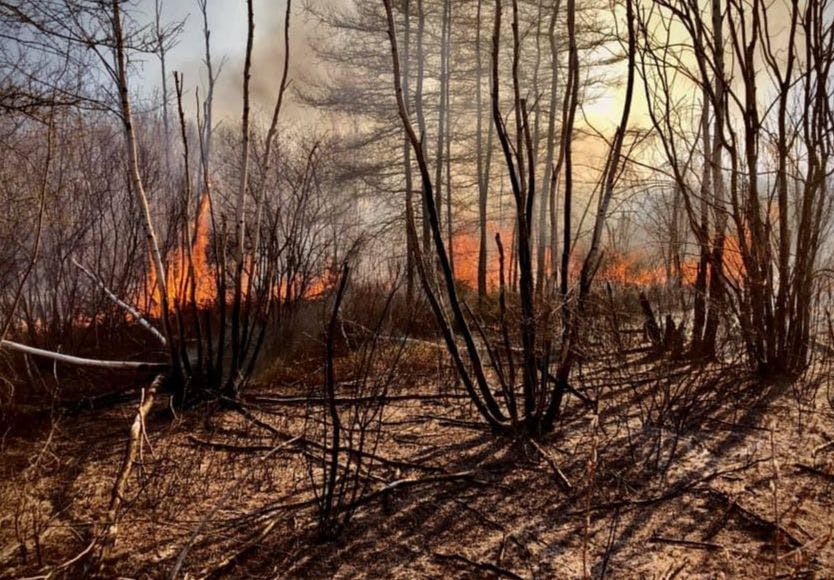
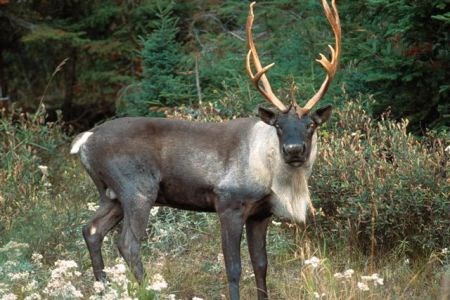


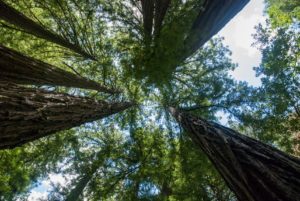 Tribal members from across Northern California joined with environmentalists Monday in support of efforts by the Coyote Valley Band of Pomo Indians to halt logging in the Jackson Demonstration State Forest in central Mendocino County. About 180 people, many wearing yellow “Pomo Land Back” T-shirts, watched traditional dancers from several local tribes perform ancestral songs. The celebration underscored the need to preserve the region’s Native American culture and ancient customs, some of which are tied to the sprawling forest. …The tribe is working with the California Natural Resources Agency under initiatives by Gov. Gavin Newsom to improve Native American access to ancestral lands that are owned or under control of the state. The tribe ultimately would like to enter into a comanagement agreement with the state for the forest, which covers roughly twice the square mileage of the city of San Francisco.
Tribal members from across Northern California joined with environmentalists Monday in support of efforts by the Coyote Valley Band of Pomo Indians to halt logging in the Jackson Demonstration State Forest in central Mendocino County. About 180 people, many wearing yellow “Pomo Land Back” T-shirts, watched traditional dancers from several local tribes perform ancestral songs. The celebration underscored the need to preserve the region’s Native American culture and ancient customs, some of which are tied to the sprawling forest. …The tribe is working with the California Natural Resources Agency under initiatives by Gov. Gavin Newsom to improve Native American access to ancestral lands that are owned or under control of the state. The tribe ultimately would like to enter into a comanagement agreement with the state for the forest, which covers roughly twice the square mileage of the city of San Francisco.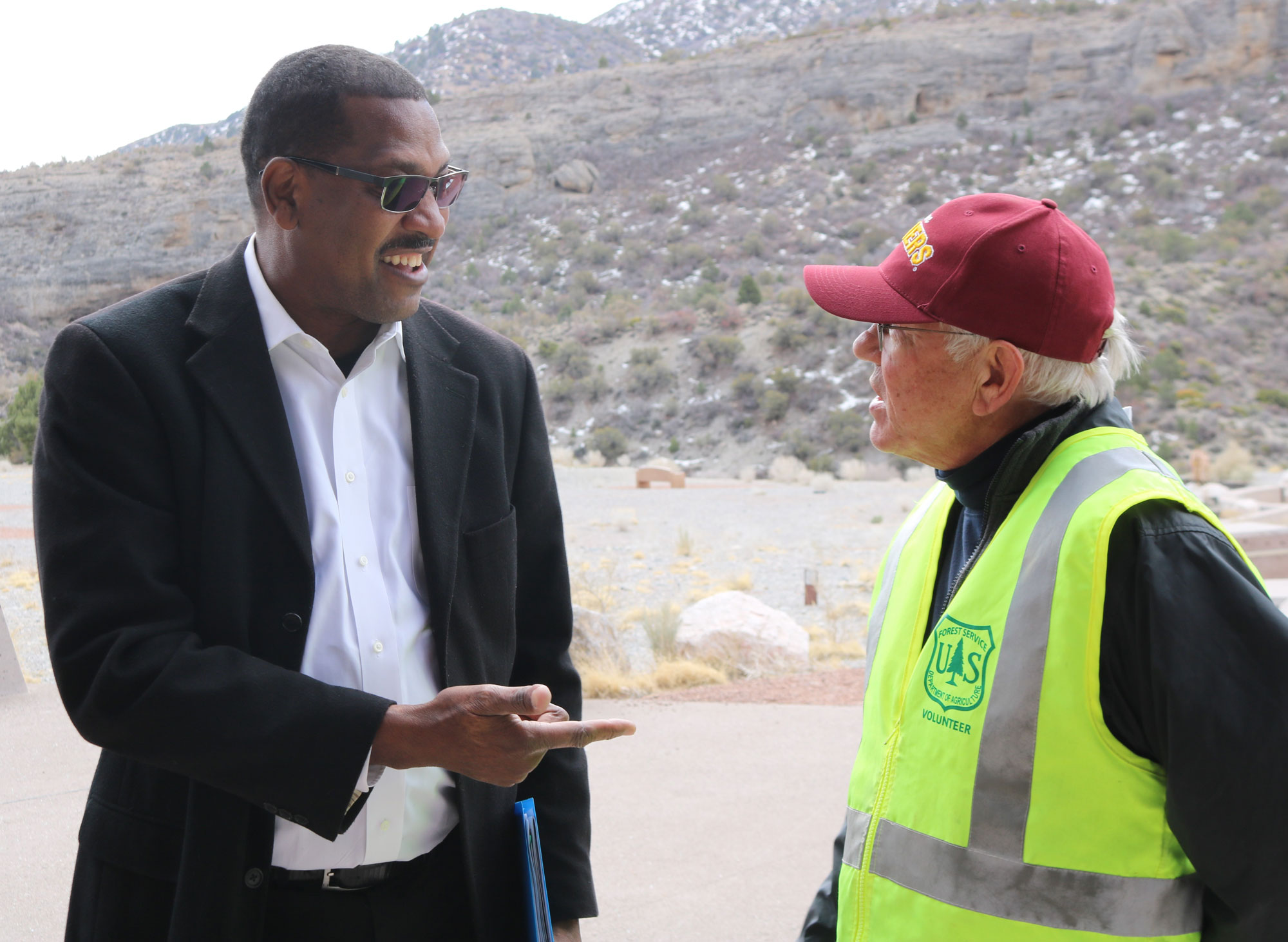

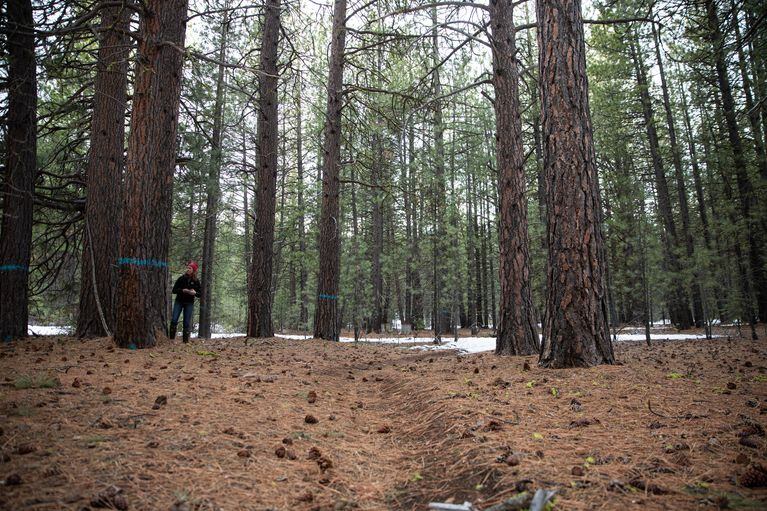

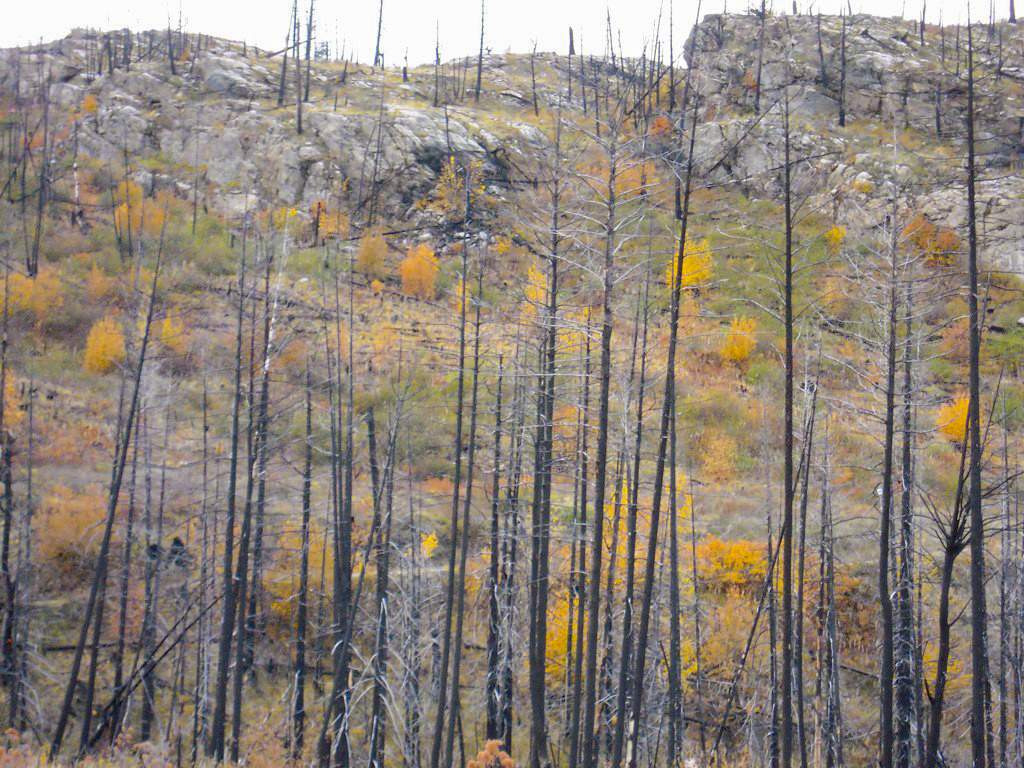 Researchers have found that forested basins of the western United States saw significant increases in streamflows for about six years following large wildfires. A new study published in the Proceedings of the National Academy of the Sciences suggests that “increasing forest fire activity is unhinging streamflow from its historically predictable response to climate variability. Researchers attribute enhanced streamflows following wildfire to the loss of trees, which draw moisture out of the soil; the loss of canopy cover, which intercepts precipitation before it reaches the ground; and the way wildfire can “bake” soils, making them water-repellant. Climate modeling indicates the next three decades will bring a higher frequency of fire seasons like 2020’s, which set a modern record for forested area burned across the western U.S. “…entire regions will likely experience more streamflow than expected, potentially enhancing human access to water but posing hazard management challenges,” they wrote.
Researchers have found that forested basins of the western United States saw significant increases in streamflows for about six years following large wildfires. A new study published in the Proceedings of the National Academy of the Sciences suggests that “increasing forest fire activity is unhinging streamflow from its historically predictable response to climate variability. Researchers attribute enhanced streamflows following wildfire to the loss of trees, which draw moisture out of the soil; the loss of canopy cover, which intercepts precipitation before it reaches the ground; and the way wildfire can “bake” soils, making them water-repellant. Climate modeling indicates the next three decades will bring a higher frequency of fire seasons like 2020’s, which set a modern record for forested area burned across the western U.S. “…entire regions will likely experience more streamflow than expected, potentially enhancing human access to water but posing hazard management challenges,” they wrote. 
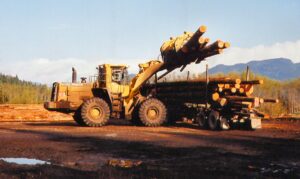 FLAGSTAFF, Arizona — The U.S. Forest Service has completed an environmental review that paves the way for large-scale thinning projects and prescribed burns along a prominent line of ponderosa pines and mixed conifer that divide Arizona’s desert from the high country. The agency released hundreds of pages of documents for the Rim Country Project that’s part of a larger effort to reduce the risk of wildfire on 3,750 square miles of national forest. Known as the Four Forest Restoration Initiative, it’s the largest of its kind. U.S. Department of Agriculture Secretary Tom Vilsack said at-risk communities should see the pace of such projects increase over the coming years, partly because of money from the $1 trillion federal infrastructure bill and a commitment from the Biden administration to aggressively thin forests that bump up against urban areas.
FLAGSTAFF, Arizona — The U.S. Forest Service has completed an environmental review that paves the way for large-scale thinning projects and prescribed burns along a prominent line of ponderosa pines and mixed conifer that divide Arizona’s desert from the high country. The agency released hundreds of pages of documents for the Rim Country Project that’s part of a larger effort to reduce the risk of wildfire on 3,750 square miles of national forest. Known as the Four Forest Restoration Initiative, it’s the largest of its kind. U.S. Department of Agriculture Secretary Tom Vilsack said at-risk communities should see the pace of such projects increase over the coming years, partly because of money from the $1 trillion federal infrastructure bill and a commitment from the Biden administration to aggressively thin forests that bump up against urban areas.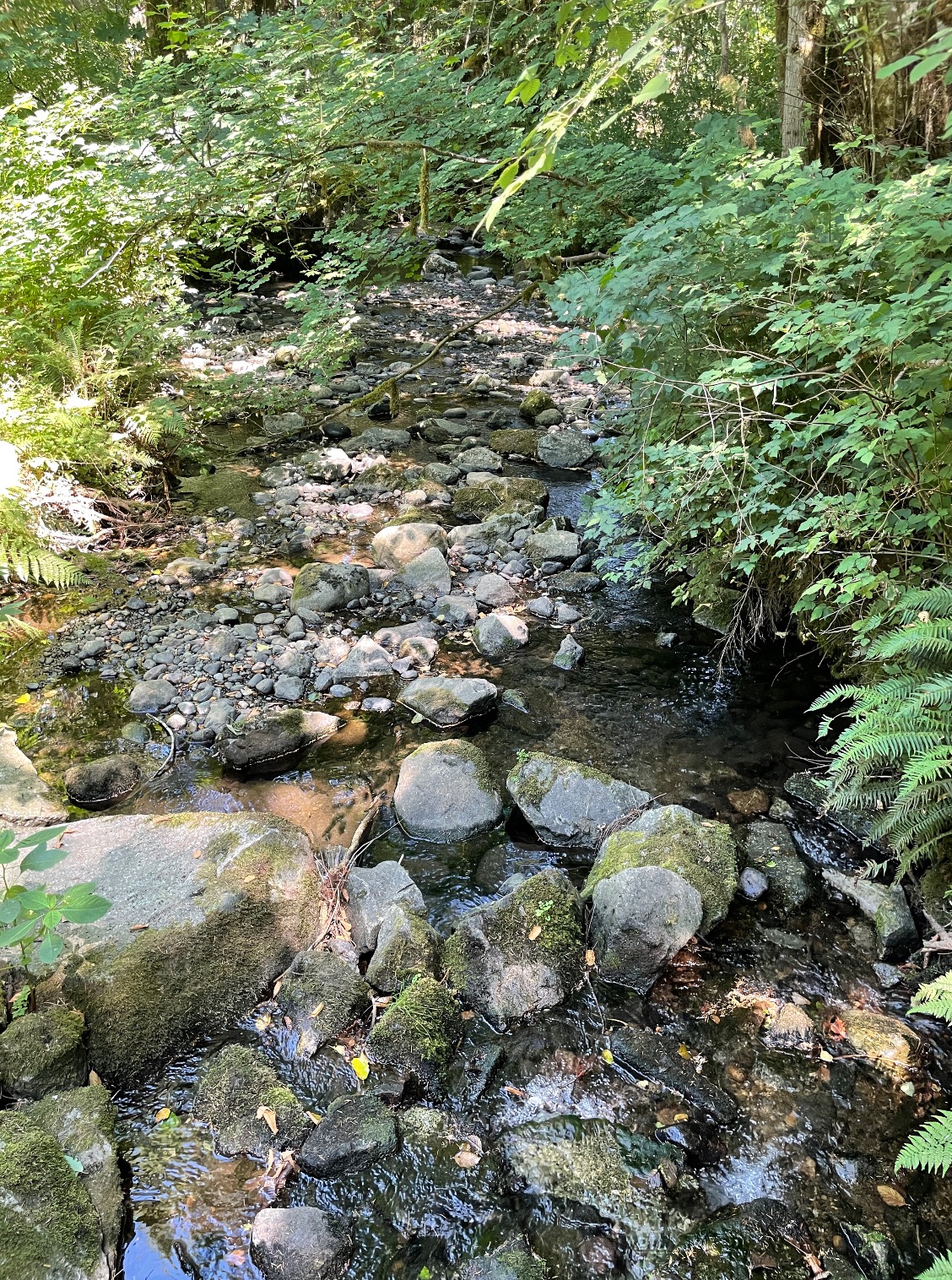 Oregon’s U.S. Senators Ron Wyden and Jeff Merkley are co-sponsoring the River Democracy Act which would add nearly 4,700 miles of Oregon Streams to the National Wild and Scenic Rivers System. If passed, the bill would also require comprehensive land use management and planning on listed streams, and set aside $30 million per year for restoration projects. Joining us are Nella Mae Parks, a reporter at the Daily Yonder, and Alex Baumhardt, a reporter at the Oregon Capital Chronicle, to talk about the River Democracy bill and opposition to it, led by logging industry lobbyists.
Oregon’s U.S. Senators Ron Wyden and Jeff Merkley are co-sponsoring the River Democracy Act which would add nearly 4,700 miles of Oregon Streams to the National Wild and Scenic Rivers System. If passed, the bill would also require comprehensive land use management and planning on listed streams, and set aside $30 million per year for restoration projects. Joining us are Nella Mae Parks, a reporter at the Daily Yonder, and Alex Baumhardt, a reporter at the Oregon Capital Chronicle, to talk about the River Democracy bill and opposition to it, led by logging industry lobbyists.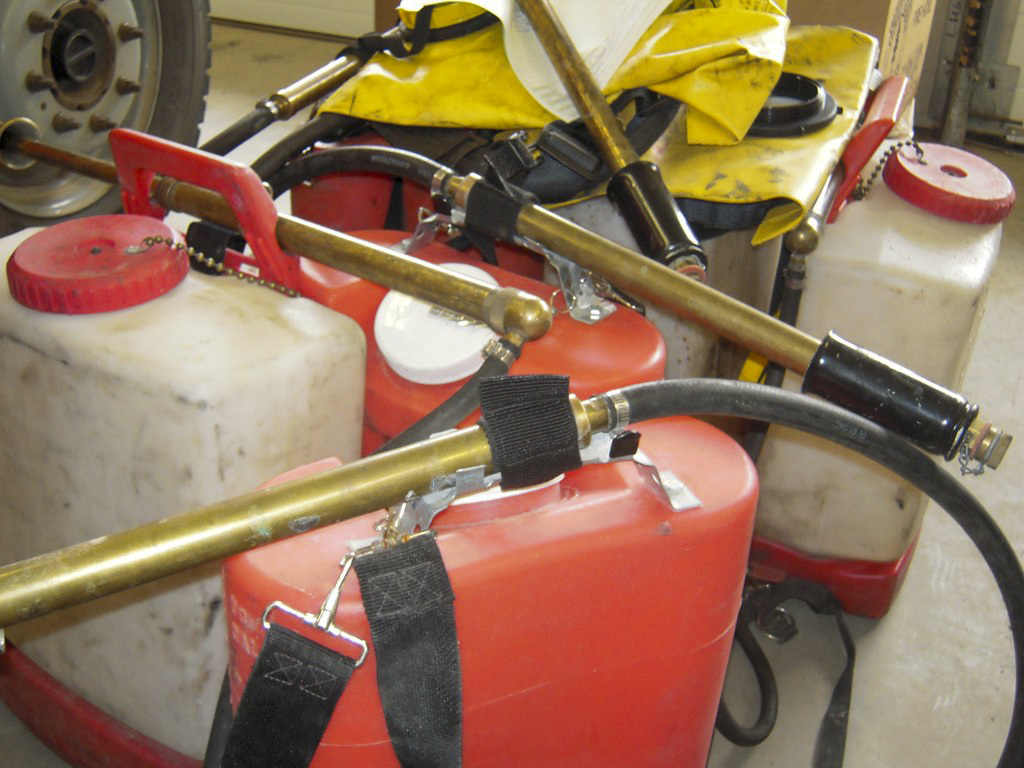 DECKERS, Colo. — Dripping flaming fuel as they go, a line of workers slowly descends a steep, snow-covered hillside above central Colorado’s South Platte River, torching piles of woody debris that erupt into flames shooting two stories high. It’s winter in the Rocky Mountains, and fresh snow cover allowed the crew of 11 to safely confine the controlled burn. Such operations are a central piece of the Biden administration’s $50 billion plan to reduce the density of western forests that have been exploding into firestorms as climate change bakes the region. But the same warming trends that worsen wildfires will also challenge the administration’s attempts to guard against them. Increasingly erratic weather means snow is not always there when needed to safely burn off tall debris piles… Across the Rockies, piles of slash and trees span some 100,000 acres (40,500 hectares), waiting to be burned once the right amount of snow is on the ground.
DECKERS, Colo. — Dripping flaming fuel as they go, a line of workers slowly descends a steep, snow-covered hillside above central Colorado’s South Platte River, torching piles of woody debris that erupt into flames shooting two stories high. It’s winter in the Rocky Mountains, and fresh snow cover allowed the crew of 11 to safely confine the controlled burn. Such operations are a central piece of the Biden administration’s $50 billion plan to reduce the density of western forests that have been exploding into firestorms as climate change bakes the region. But the same warming trends that worsen wildfires will also challenge the administration’s attempts to guard against them. Increasingly erratic weather means snow is not always there when needed to safely burn off tall debris piles… Across the Rockies, piles of slash and trees span some 100,000 acres (40,500 hectares), waiting to be burned once the right amount of snow is on the ground. 


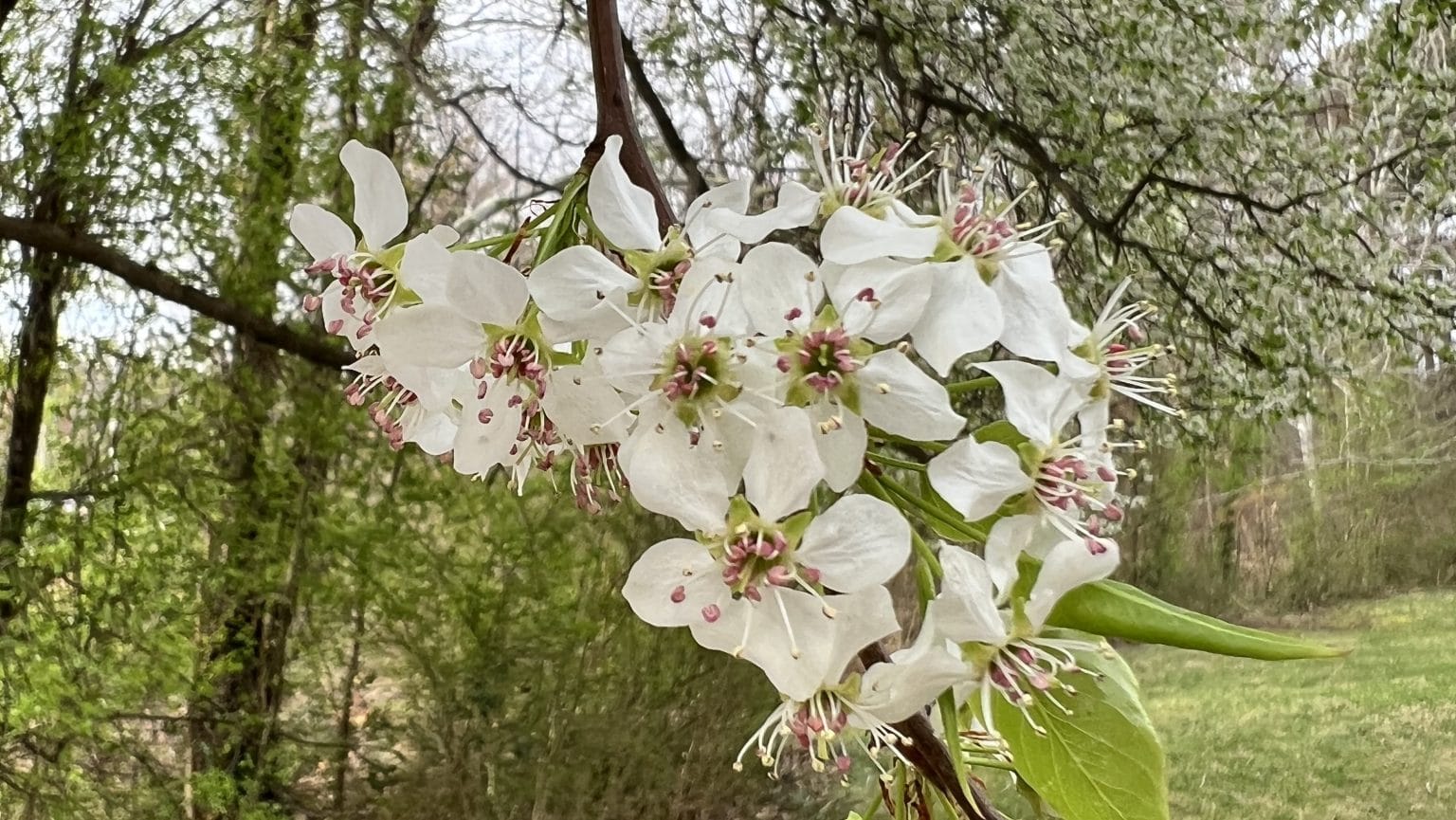
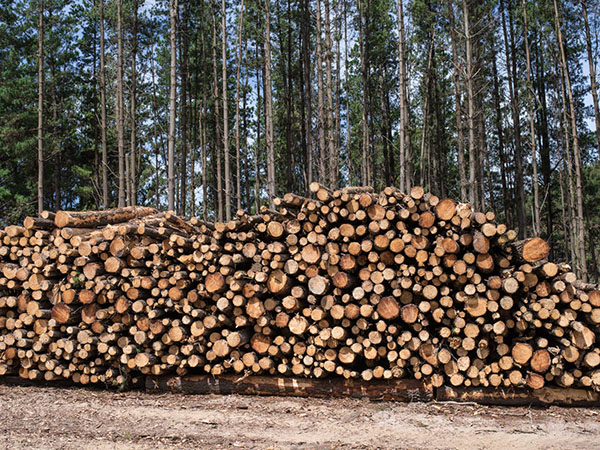

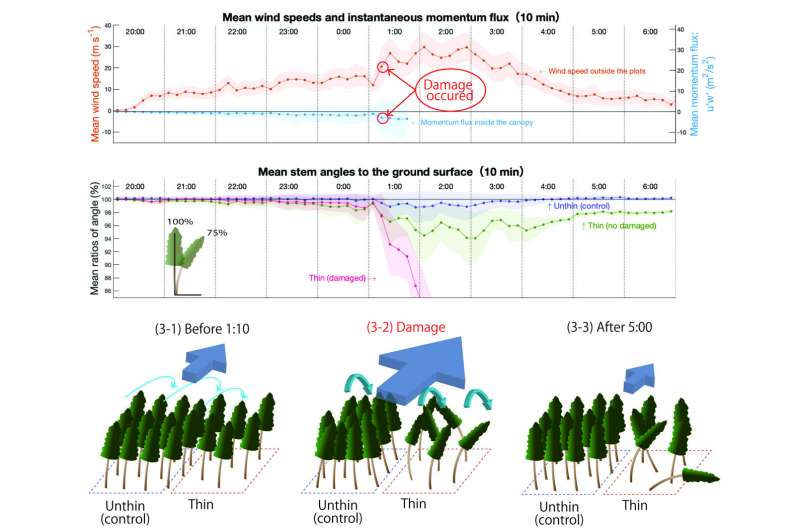
 Deforestation in Brazil’s Amazon rain forest hit record levels for the month of February, preliminary government data showed on Friday, as a scientific study indicated the jungle is nearing a tipping point after which it could no longer sustain itself. Forest clearing in the region totalled 199 square kilometres for February, up 62 per cent from the same month a year ago, according to data published by national space research agency INPE. That is the highest level for February since the data series began in 2015/2016, and follows a similar monthly record in January. In the first two months of the year, destruction was three times higher than the same period in 2021. About 629 square kilometres were deforested, an area roughly the size of Chicago.
Deforestation in Brazil’s Amazon rain forest hit record levels for the month of February, preliminary government data showed on Friday, as a scientific study indicated the jungle is nearing a tipping point after which it could no longer sustain itself. Forest clearing in the region totalled 199 square kilometres for February, up 62 per cent from the same month a year ago, according to data published by national space research agency INPE. That is the highest level for February since the data series began in 2015/2016, and follows a similar monthly record in January. In the first two months of the year, destruction was three times higher than the same period in 2021. About 629 square kilometres were deforested, an area roughly the size of Chicago.
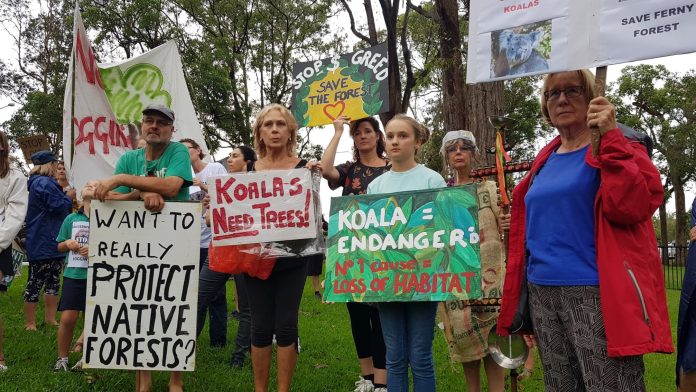
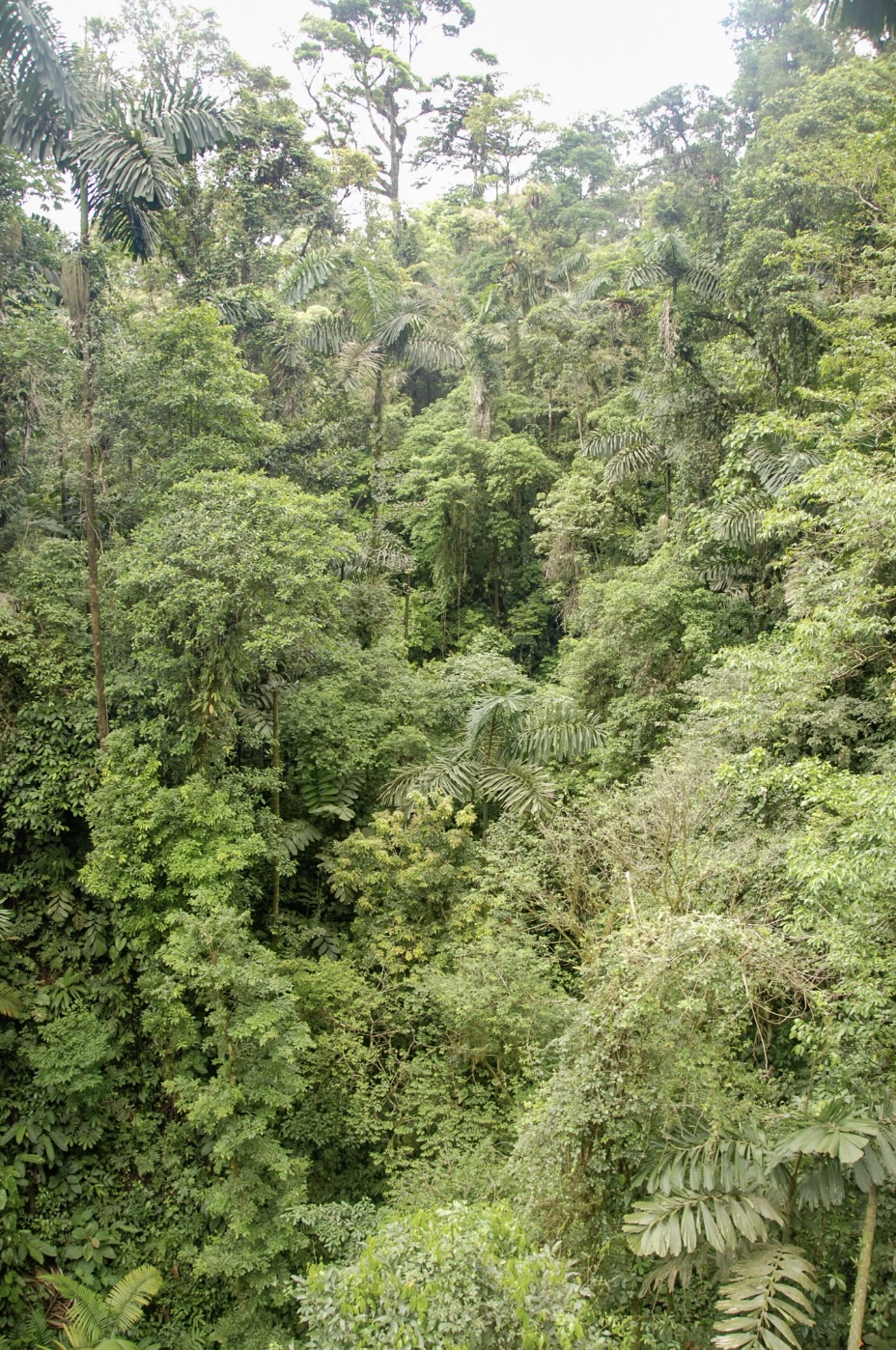 Panama is racing to restore 50,000 hectares (124,000 acres) of forest by 2025 to meet its carbon emissions reduction targets under the Paris climate agreement. The nation’s public and private sectors have embarked on various forest restoration and reforestation efforts to meet that goal. The government is currently financially incentivizing teak plantations, an industry that proponents say is a win-win for the economy and environment, but which critics say pushes out native tree species, reduces biodiversity, and can indirectly even contribute to further deforestation. A long-running research project overseen by the Smithsonian Institute is studying agroforestry and other innovative techniques to help determine which ones offer the best ecological, social and economic silviculture outcomes. Included in this groundbreaking work is research into restoring tropical forests on land degraded by cattle, efforts to improve forest hydrology, and silviculture techniques that could replace teak with other more eco-friendly high value trees.
Panama is racing to restore 50,000 hectares (124,000 acres) of forest by 2025 to meet its carbon emissions reduction targets under the Paris climate agreement. The nation’s public and private sectors have embarked on various forest restoration and reforestation efforts to meet that goal. The government is currently financially incentivizing teak plantations, an industry that proponents say is a win-win for the economy and environment, but which critics say pushes out native tree species, reduces biodiversity, and can indirectly even contribute to further deforestation. A long-running research project overseen by the Smithsonian Institute is studying agroforestry and other innovative techniques to help determine which ones offer the best ecological, social and economic silviculture outcomes. Included in this groundbreaking work is research into restoring tropical forests on land degraded by cattle, efforts to improve forest hydrology, and silviculture techniques that could replace teak with other more eco-friendly high value trees.